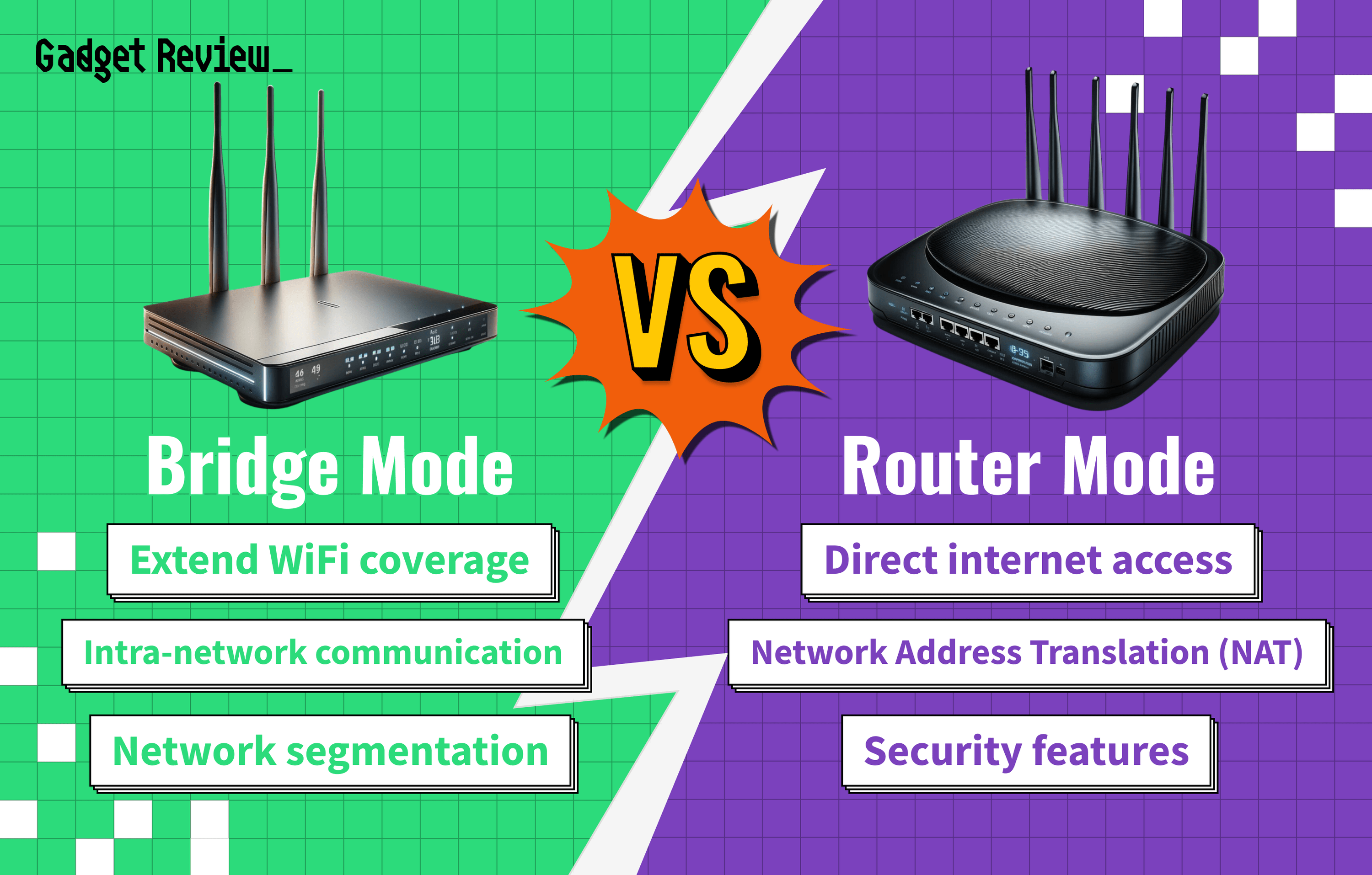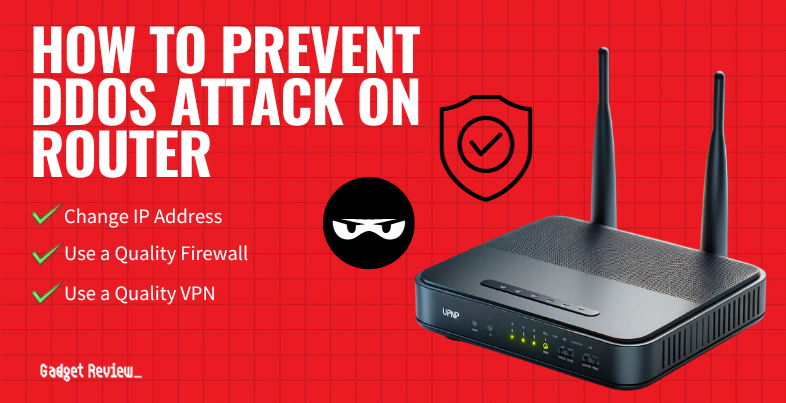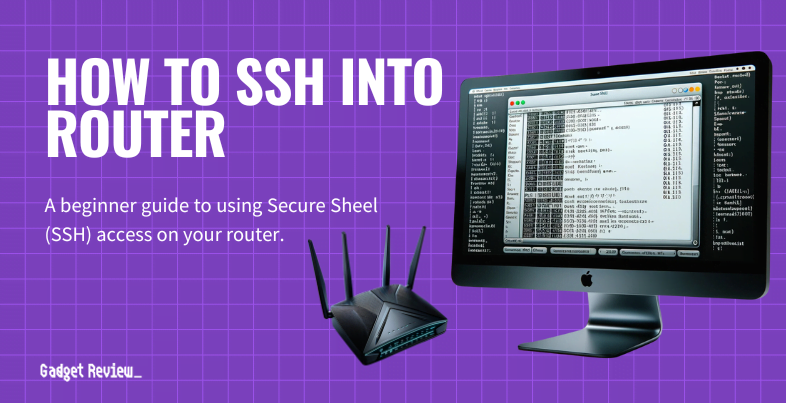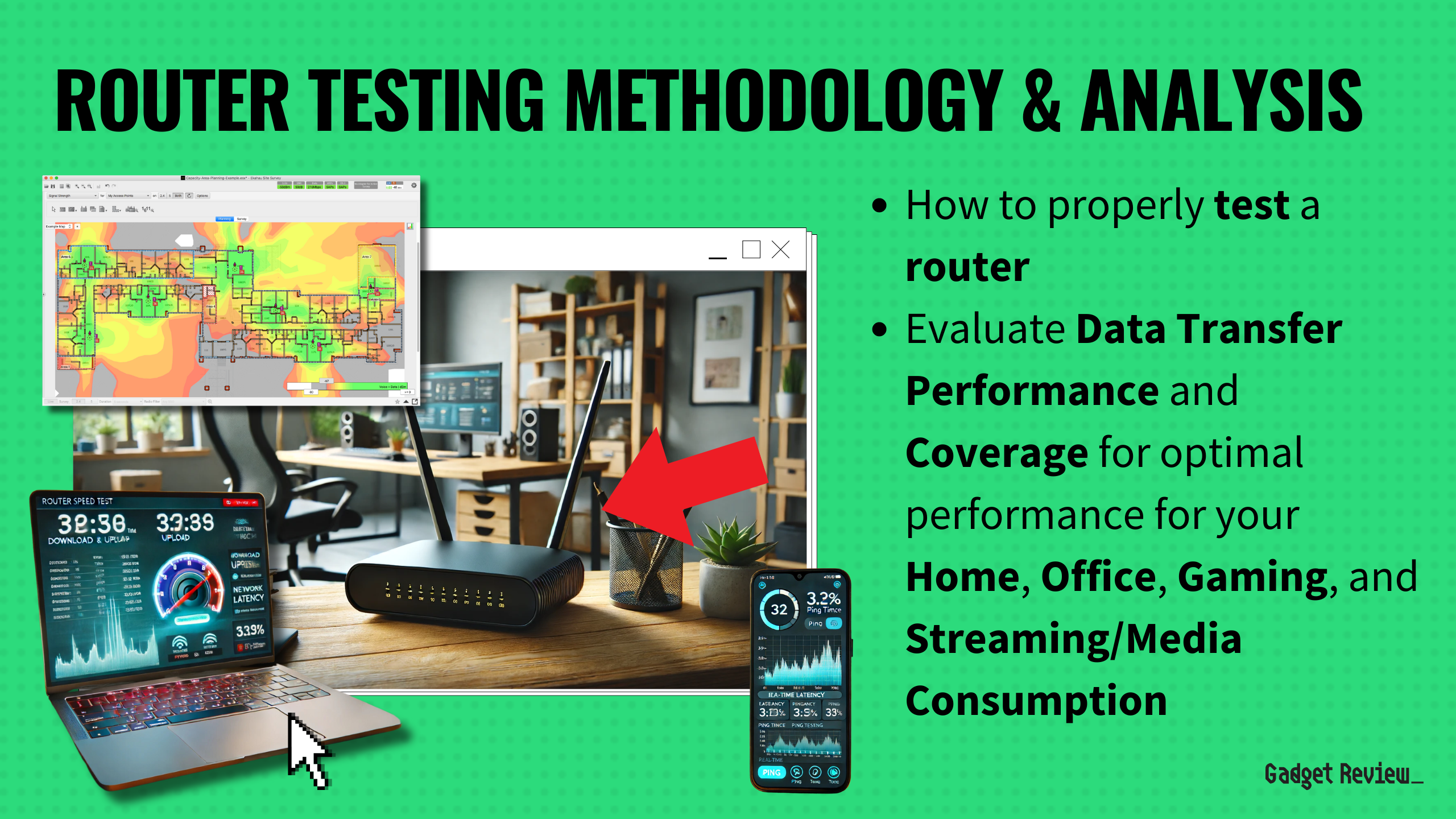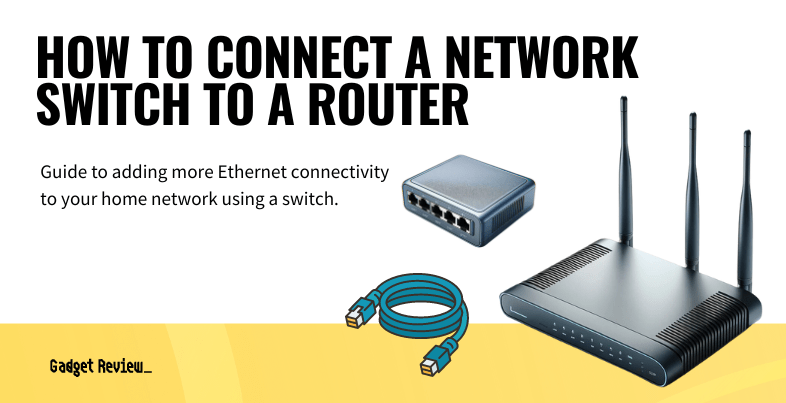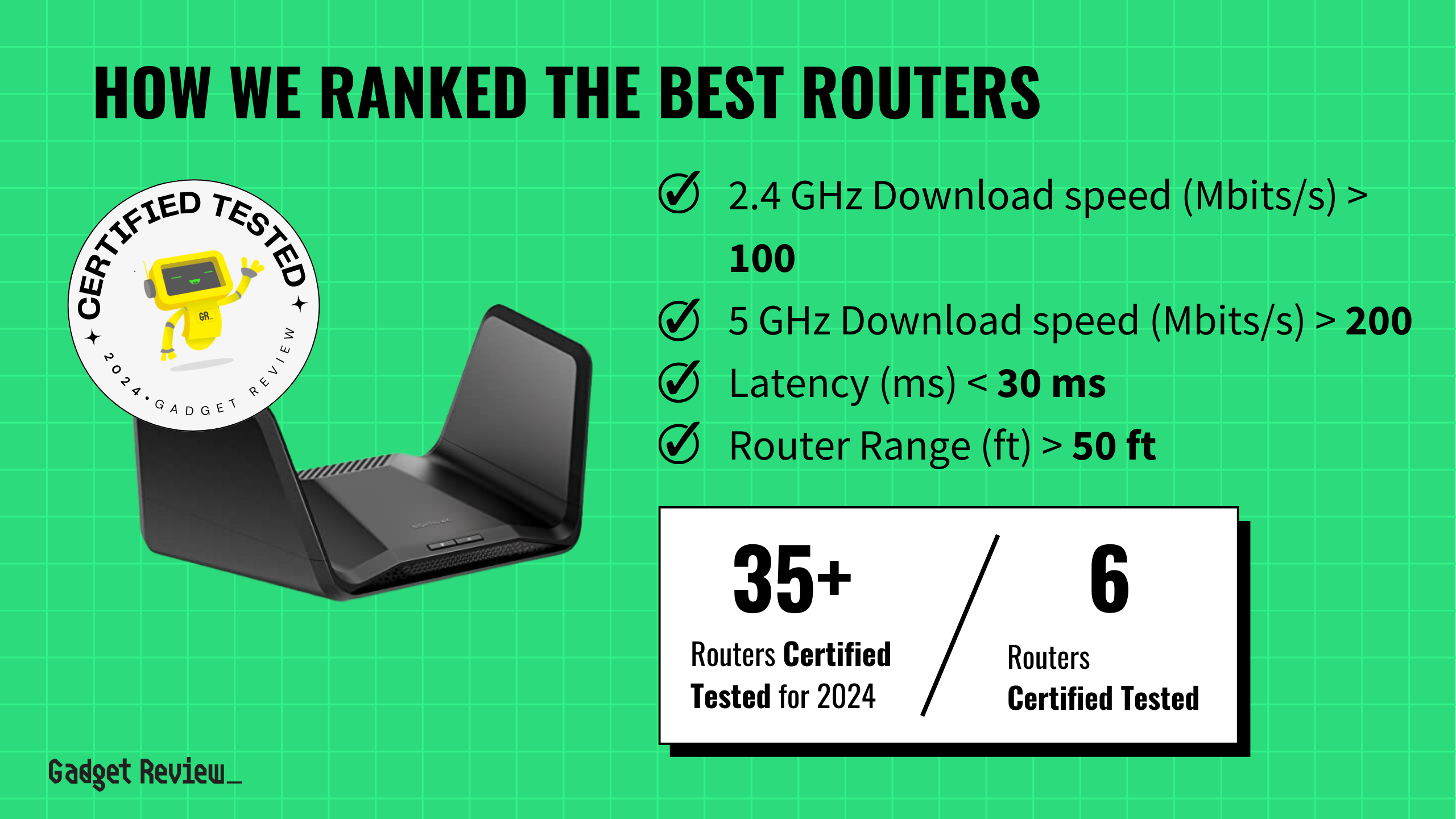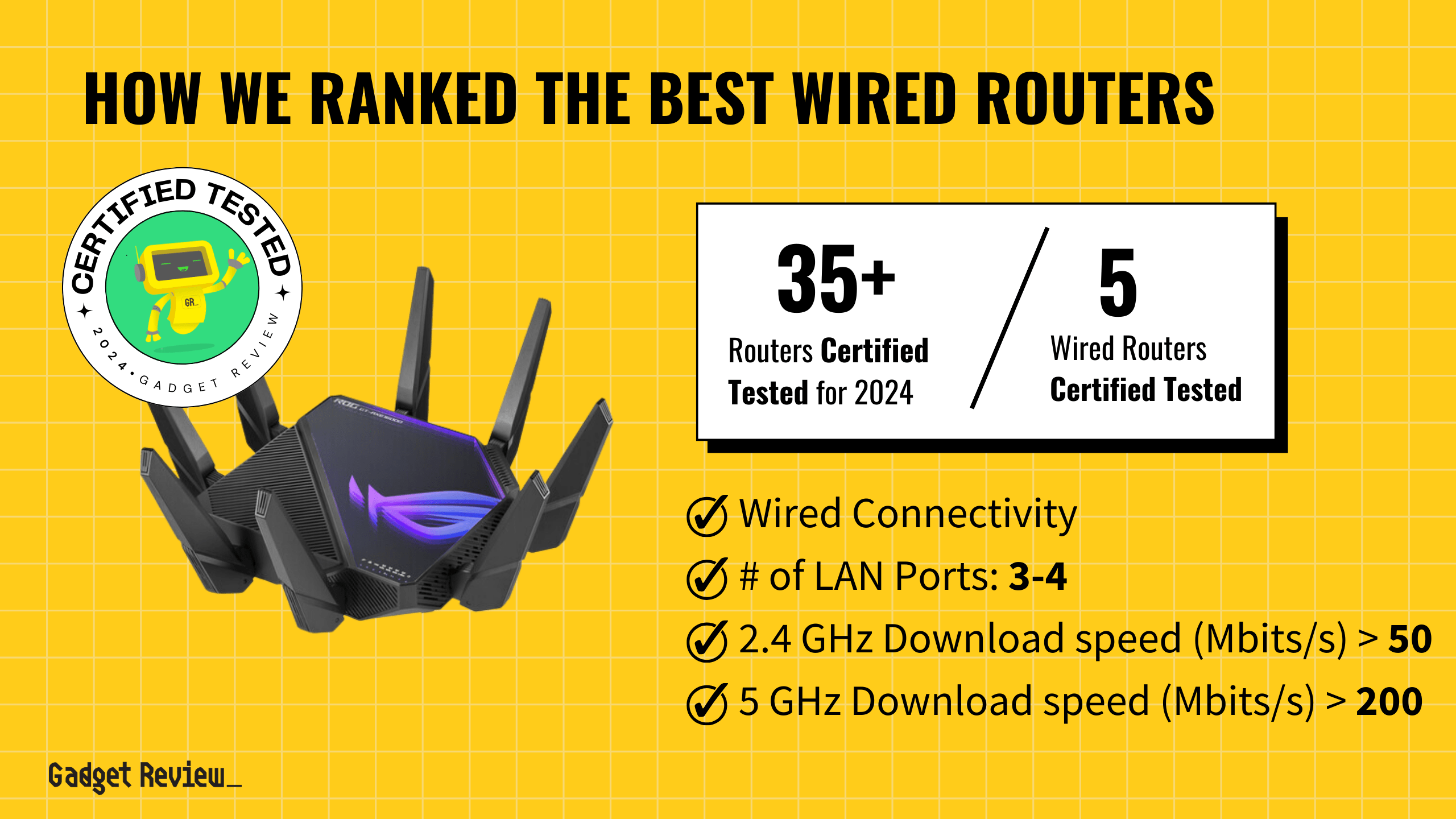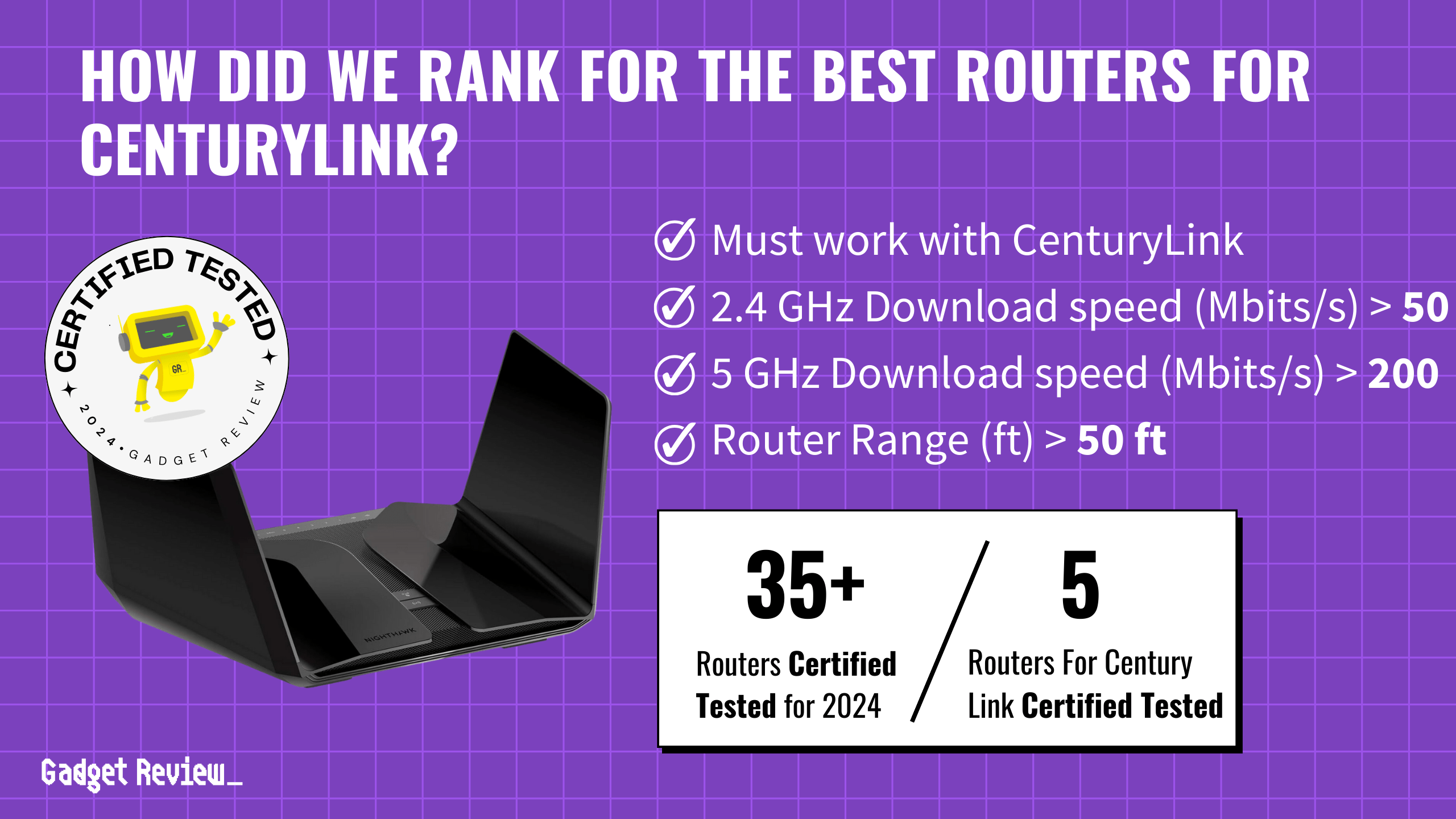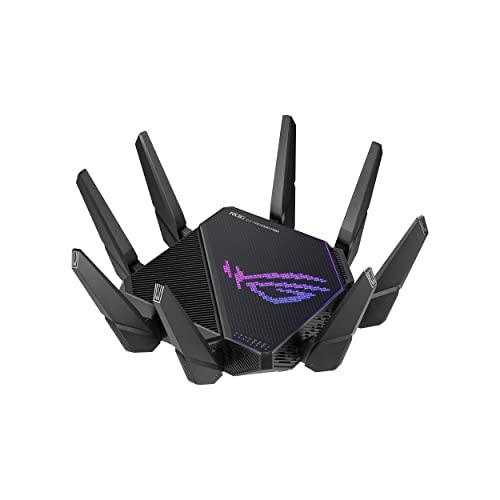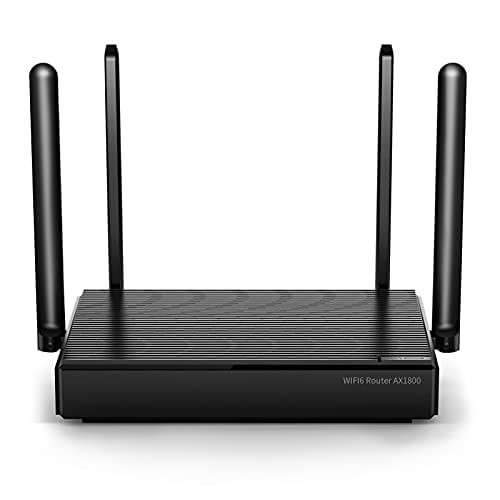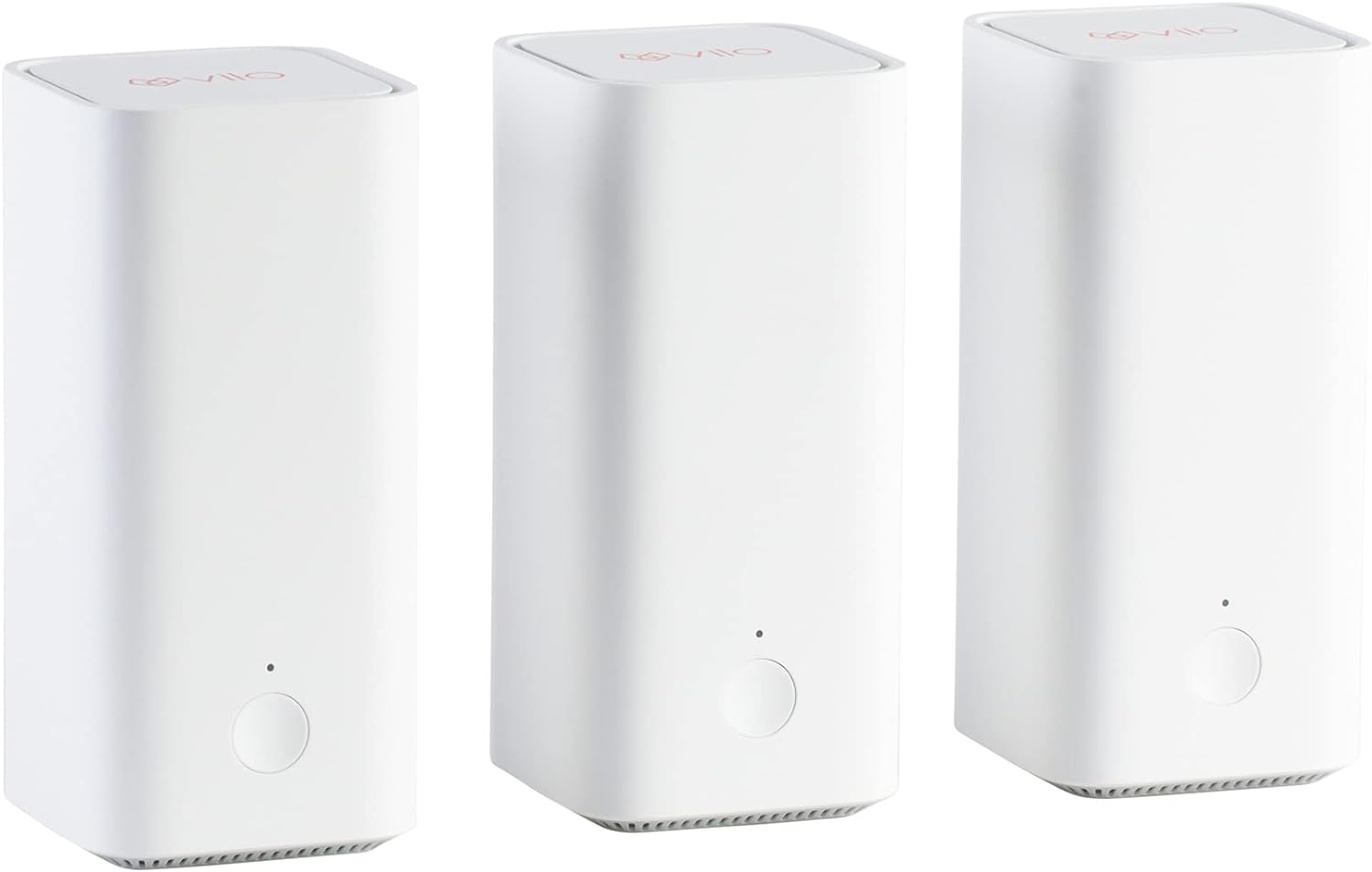If you are learning about wireless connection types, you may be comparing a bridge mode vs a router mode. The best routers, after all, tend to include plenty of options for customizations, and bridge mode is one of those that allows you to leverage two routers together to extend your WiFi coverage among other benefits. Keep reading to learn all about these modes and when to use them.
Key Takeaways_
- A router’s standard modem router mode is what consumers use to connect to the Internet. In other words, this is the mode a WiFi router uses by default.
- A router’s bridge mode, on the other hand, is used primarily for intra-network devices in the same local area network (LAN).
- Most modern routers include a network bridge of some kind, but the feature may be buried somewhere in the firmware. This holds especially true of a router combo.
Differences Between Bridge Mode and Router Mode
The primary difference here is that a single router’s bridge feature is used to connect devices within the same network, whereas a router mode is used to connect devices to the Internet at large.
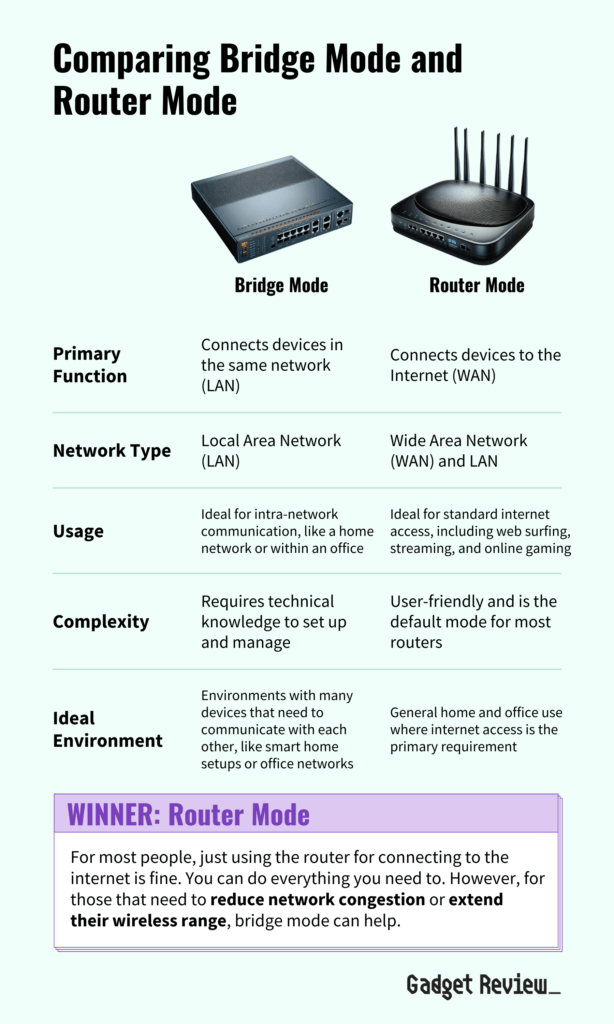
| Feature | Bridge Mode | Router Mode |
|---|---|---|
| Primary Function | Connects devices in the same network (LAN) | Connects devices to the Internet (WAN) |
| Network Type | Local Area Network (LAN) | Wide Area Network (WAN) and LAN |
| Usage | Ideal for intra-network communication, like a home network or within an office | Ideal for standard internet access, including web surfing, streaming, and online gaming |
| IP Address Assignment | It doesn’t issue public IP addresses; instead uses MAC addresses | An IP address is assigned to each device on the network |
| Complexity | Requires technical knowledge to set up and manage | User-friendly and is the default mode for most routers |
| Ideal Environment | Environments with many devices that need to communicate with each other, like smart home setups or office networks | General home and office use where internet access is the primary requirement |
| NAT (Network Address Translation) | Typically does not involve NAT | Involves NAT to allow multiple devices to share a single internet connection |
| Compatibility with ISP Equipment | May require configuration changes or assistance from your ISP, especially with ISP-issued routers | Generally works out of the box with ISP-issued equipment |
| Security | Focus on internal network security | Offers security features like firewalls to protect against external threats |
WAN and LAN
Routers typically feature the ability to create a wide area network (WAN) connection and a local area network (LAN) connection. The former is an average Internet connection, and the latter is primarily for intra-network connections.
insider tip
If you are using bridge mode for a specific purpose, such as a LAN party, be sure to set the router back to router mode for standard web surfing.
A router’s bridge mode specializes in local area network, aka LAN, connections, making this feature ideal for intra-network communication.
If you are using a router in its standard mode, it is likely you are dealing with your average router mode. This holds true if you are surfing the Internet, streaming, or playing video games.
Difficulty
A router’s essential router mode is the main way it operates right out of the box. In other words, simply connecting to the Internet is making use of the router mode.
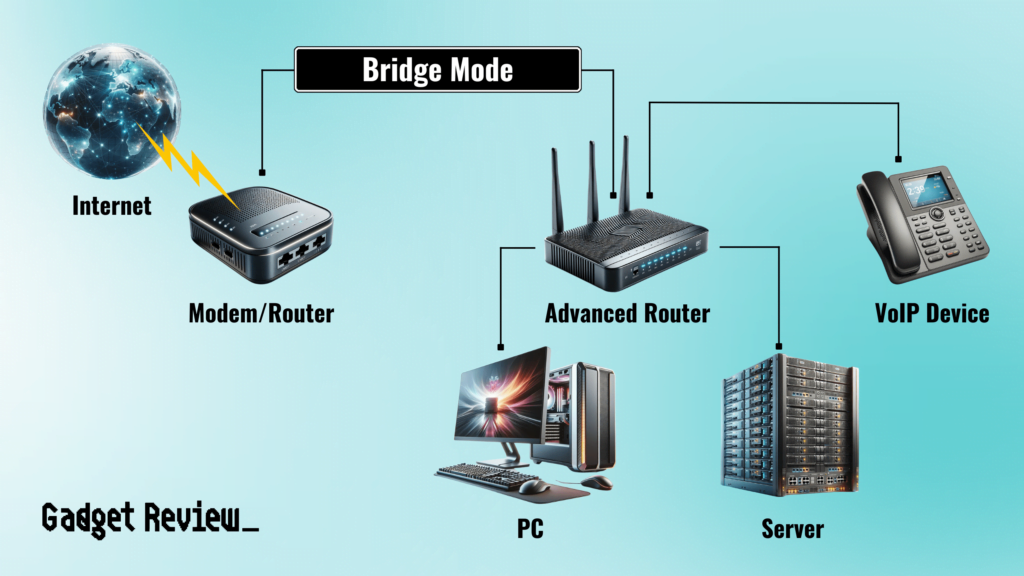
Bridge mode, on the other hand, demands more of an expert touch to successfully navigate. As a matter of fact, you may have to contact your Internet service provider (ISP) to find out how to access this mode.
A router’s bridge mode is typically buried somewhere within the firmware software.
Commercial Use
A router’s bridge mode is great for intra-network communication within networks that feature a whole bunch of devices vying for attention.
In other words, this mode tends to be used in busy office environments rather than for home use. The more complicated the wireless network setup, the higher the chance of finding a use for a dedicated network bridge device.
Bridge mode allows for the creation of segmented networks within a larger network. Making it useful in scenarios where certain devices on a network need to be isolated for security, performance, or management reasons.
STAT: In computer networking, the process of Network Address Translation (NAT) involves re-writing the source and/or destination address of IP packets as they pass through a router. NAT allows multiple hosts on a private network to access the internet using a single public IP address. (source)
For more networking tips, you’ll want to check out the mashup of a single-band vs dual-band WiFi extender.

